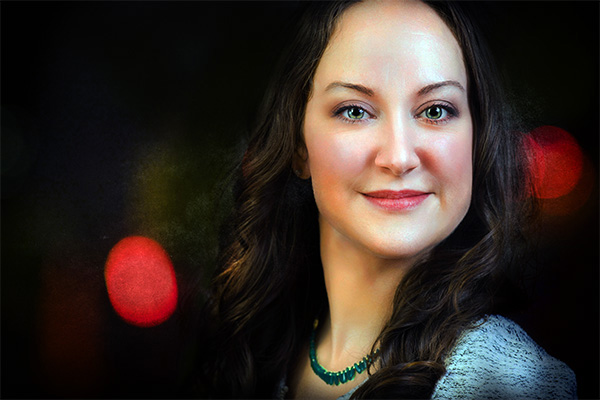
Pictures has undergone a large transformation over the past handful of decades. From movie rolls and darkrooms to mirrorless cameras and AI enhancing, the evolution has become speedy and relentless. What was as soon as an analog craft now leans closely into the electronic realm, and For a lot of photographers, this shift provides the two prospect and challenge. Those that fall short to adapt chance being remaining powering in a very aggressive business the place being existing is vital. Understanding how photography has evolved is the first step in recognizing the importance of being aligned with right now’s reducing-edge resources and procedures.
In past times, a photographer’s ability was calculated largely by their capability to perform with handbook settings, lighting, film styles, and physical prints. Building pictures essential chemical knowledge and usage of a darkroom. Having said that, digital cameras disrupted the status quo, earning pictures more available and fewer high-priced. With all the increase of DSLRs and mirrorless units, photographers no longer desired film or advancement labs. Instant graphic previews, bigger ISO abilities, And large storage possibilities intended photographers could shoot a lot more, experiment freely, and understand speedier. But this electronic growth also launched new issues—Competitors improved, and merely possessing a very good camera was not adequate to get noticed.
Right now, the pictures industry is deeply intertwined with engineering. AI-driven editing instruments like Lightroom’s matter masking or Photoshop’s generative fill have redefined write-up-processing. Platforms like Skylum Luminar and Topaz Labs offer noise reduction and graphic upscaling that may have already been unattainable a decade back. Even smartphones, when mocked by industry experts, now deliver large-resolution Uncooked images and present State-of-the-art attributes like read further portrait manner, night photography, and true-time HDR. The enjoying subject has shifted radically, and traditionalists will have to settle for that more recent technologies normally improves instead of diminishes the art of images.
Over and above hardware and application, know-how now dictates how photographers connect with shoppers and expand their organizations. Social websites platforms, Web optimization-optimized Internet sites, look here and automatic booking devices are important for advertising and marketing and outreach. Google My Company profiles, geotagged pics, and on-line testimonials generally determine irrespective of whether a shopper chooses a person photographer over An additional. Industry experts who keep on being offline or count entirely on look here phrase-of-mouth advertising Restrict their exposure and likely expansion. Embracing these digital resources doesn’t just assistance photographers keep pertinent—it permits them to work smarter and achieve broader audiences additional efficiently.
The rise of AI in photography is especially transformative. Synthetic intelligence can now review facial functions to car-suitable lights, clean skin, and even swap backgrounds in one click on. AI-pushed culling software package assists photographers sift as a result of A large number of photographs, choosing the right pictures based on expression, sharpness, and composition. In-studio, AI-Increased lighting programs instantly change publicity and balance based on subject posture. These resources don’t exchange the photographer's Inventive eye—they amplify it. Those who commit time in learning AI attributes acquire a competitive edge in the two pace and high quality.
In conclusion, pictures is no longer almost mastering the shutter or understanding the golden hour. It’s about adaptability. The craft has grown to be a dynamic blend of artwork, science, and technologies. Photographers check for more that are willing to evolve—who understand new computer software, invest check here in smarter gear, and embrace AI and digital marketing—are far better positioned for prolonged-expression success. The ones who resist, clinging to out-of-date procedures or dismissing technological tendencies, may soon locate on their own irrelevant in a fast-paced visual planet. To stay aggressive and creative, photographers must not just keep up with the evolution of pictures—they need to guide it.